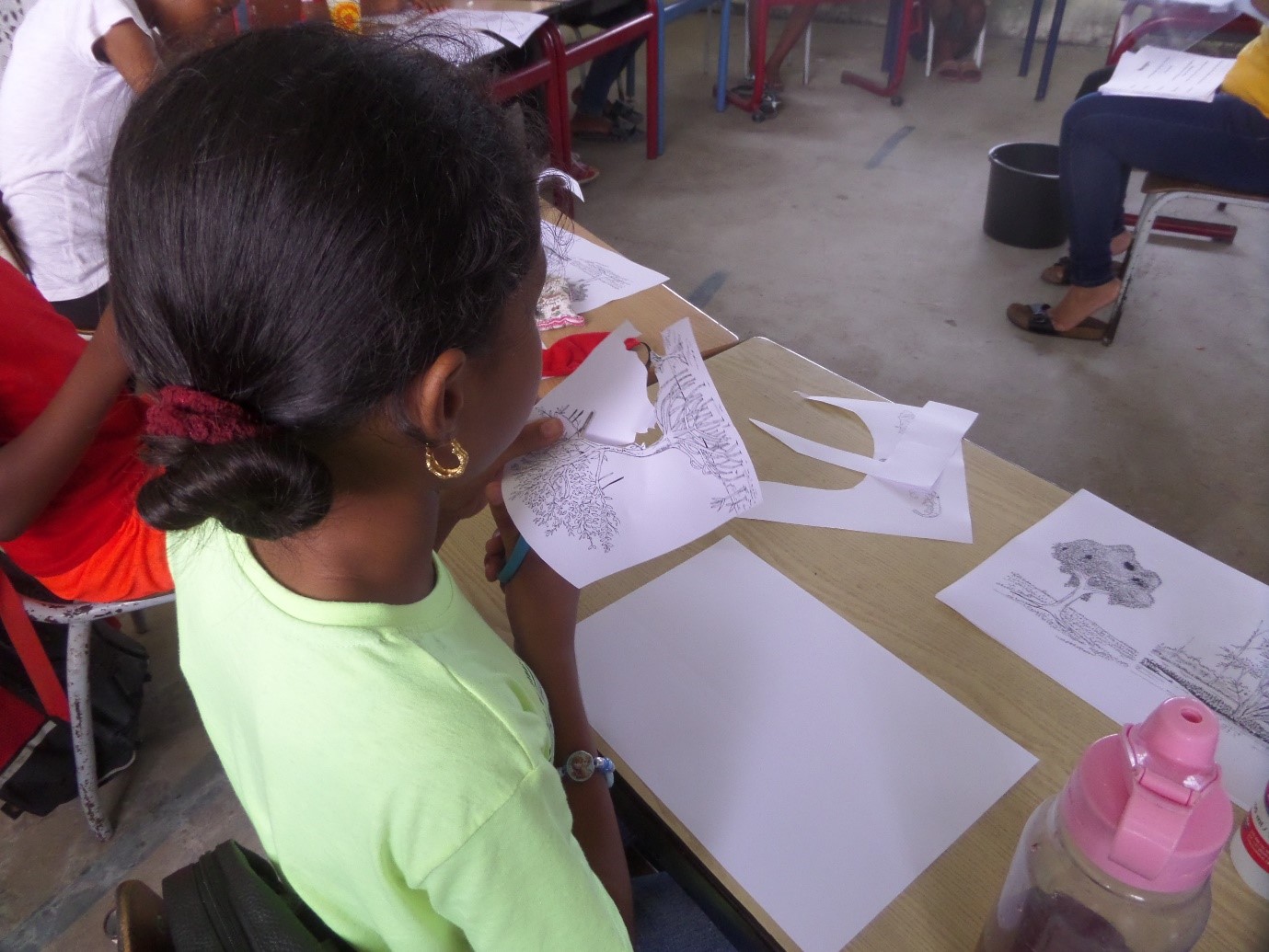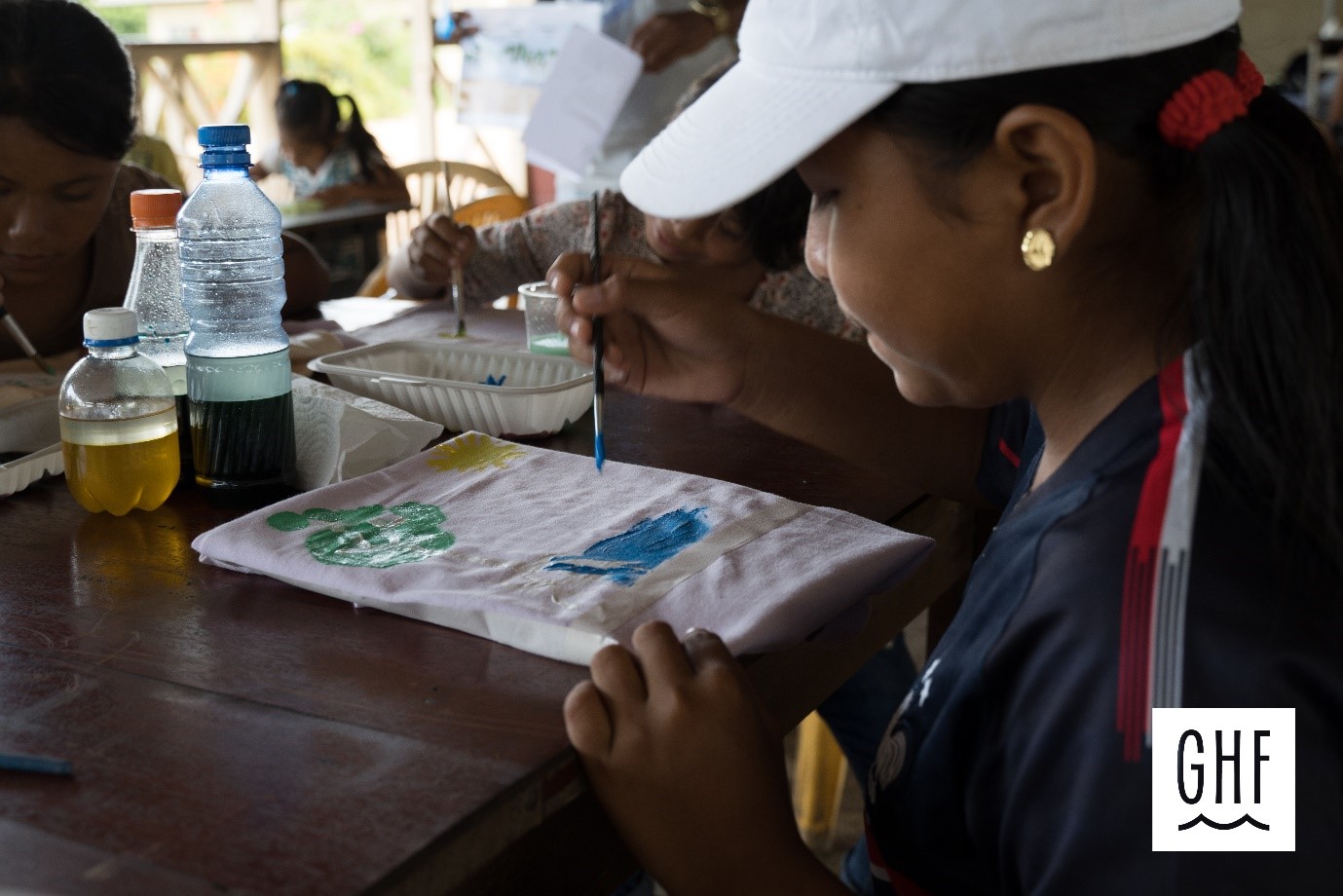Stars and STEM Stories
GLOBE Suriname Students’ Summer Vacation Activities Focus on Critical Ecosystems

In September 2021, Green Heritage Fund Suriname (GHFS) organized summer vacation activities in the districts of Nickerie (09-10 September), Coronie (11-12 September), and Galibi (19-20 September). “These locations were chosen because of their proximity to mangrove forests and sea turtle beaches, two important ecosystems for Suriname,” Cheyenne Samson, a GHFS teacher said.
“These activities were important to us because it was our first in-person activity since 2020," Samson said. "The aim of the GHFS summer vacation activities was to educate the children on the importance of water and mangroves, and teach them fun and easy experiments that they could do at home. The activity consisted of three sessions, during which the children did experiments, arts and crafts, and ran!”
“While working virtually has its benefits, when working with young children it is always better to work with them in person,” Samson said. “Furthermore, it is important for us that children know about their environment so that they can better advocate for it.”
“We started with a story about a water droplet, called Drupke, and his journey through the hydrological cycle, from the mountains to the rivers, sea, clouds, and back. After the story, the children shared their experiences with water, how they use it, why it is important, and where they can find it. They then learned to make their own rain using shaving cream (clouds) and colored water (rain). This helped them understand how clouds work, and what happens when it rains.”

“After this, we talked about density, what it is and how it works. To get a better understanding of density, we made our own lava lamps by mixing water with food coloring, and adding oil and then fizzy tablets. The children were able to explain that oil floats on water because it has a lower density than water.”
“Next, the children heard a story about mangroves, why they are important and about the mangrove trees we have in Suriname. They then had to draw their own mangrove ecosystem. Every ecosystem needed to have water, land, mangrove trees, and animals,” Samson said.
“At the end of the day, we played a water game! The children were placed in four groups, and every group was a hydrological cycle. Every group received two buckets, one with water and one without, and they had to bring the water from one bucket to another without spilling it. Once a group had emptied the bucket the game was over, but the group that had transferred the most water to the other bucket won.”

“The children now have a better understanding of water density, weather, clouds, and mangroves. They can explain what happens to water when it is hot, why it rains, and why mangroves are important. They can share this now with their friends and family members,” Samson said. “They now know how to use observations to assess their environment.”
Star Story submitted by Cheyenne Samson, Paramaribo, Suriname.





